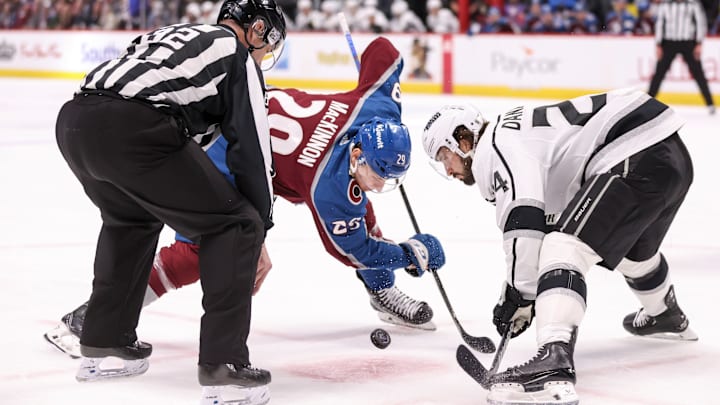Slashing is one of the most common penalties in the game of hockey. Major fans of the game of hockey will know a slash when they see it, but if you’re new to the sport, you might not have a clue, and that’s okay.
A slashing penalty occurs when a player uses their stick to swipe at a player and make contact. Whether intentional or not, it’s going to be called because it is extremely dangerous. It is also a penalty if a player does the same thing but hits the opposing player’s stick instead of making contact with the opponent’s body.
Sometimes, a penalty such as slashing goes unnoticed, or at least uncalled, but after the game in which it happened, the league office goes over the game and decides whether or not the play in question should be dealt with. It can result in a maximum fine of up to 50 percent of a player’s daily salary.
Last season against the Los Angeles Kings, Colorado Avalanche forward Ross Colton was on the receiving end of a slash from Philip Danault. Danault was fined the $5,000 maximum but the league did not hand him a suspension.
Unfortunately, slashing is a very common occurrence in the game of hockey. Players are flying up and down the ice insanely fast and as they fight to gain control of the puck, they often easily lose control of their stick, resulting in the stick hitting another player. Unlike the early days, when sticks were made from wood, they currently are made up of fibreglass, carbon and aramid, which is a type of fibre. It goes without saying that being hit by a hockey stick would hurt a great deal. Thankfully, hockey players are protected by pads and a helmet, and sometimes mouth guards.
